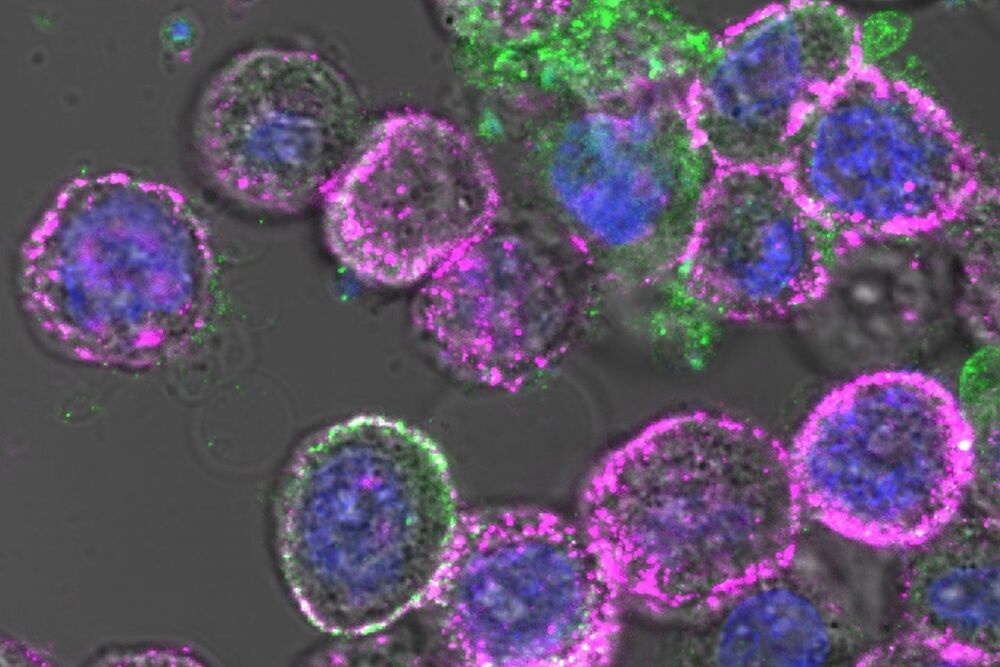Preclinical research demonstrates that combining the oncolytic virus CF33 with an immune checkpoint inhibitor results in lasting resistance to certain tumors such as colon cancer. City of Hope surgical oncologist Susanne Warner, M.D., senior author of the study, said the virus could be a “gamechanger.”







